My Son Sanctuary Danang: Guide to Cham Holy Land in Vietnam
My Son Sanctuary or My Son Holy Land / Ruined Complex of Hindu (Vietnamese: Thánh Địa Mỹ Sơn) is an area with Hindu-like architecture and quite in biology, located in Duy Phu commune, Duy Xuyen district, Quang Nam province, about 69 km from Da Nang city, 45 km from Hoi An Ancient Town and near the ancient town of Tra Kieu. This area belonged to Champa Kingdom (Click to See >>>), a powerful country located in Central of present Vietnam from the 2nd century to 17th century, and was recognized to be World Heritage Site by UNESCO in 1999.
- Location: My Son, Duy Xuyen District, Quang Nam Province
- Opening Hours: Daily from 7.30AM - 5.30PM; from Mon - Sun
- Entrance Fee: 150k/ ticket /adult
- Dress Code: Not Required
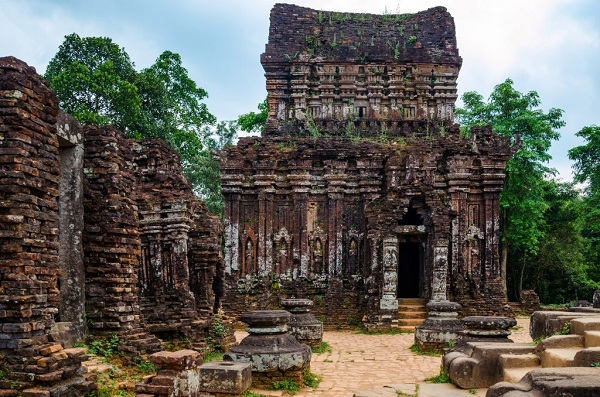
Cham Tower in My Son Sanctuary
History of My Son Holy Land:
My Son was built in the fourth century. Over the centuries, this Holy Land has been supplemented with large and small towers and has become the main relic of Champa culture in Vietnam. In addition to the function of performing ceremonies, helping the dynasties to approach the gods, My Son was also the cultural and religious center of the Champa dynasties and the burial place of powerful kings and priests. The first relics found marked the era of King Bhadravarman I (reigned from 381 to 413), who built a mosque to worship linga and Shiva. My Son is greatly influenced by India both in architecture (shown in temples steeped in past splendor), and culturally-shown in the ancient Sanskrit inscriptions on the panels and stele.
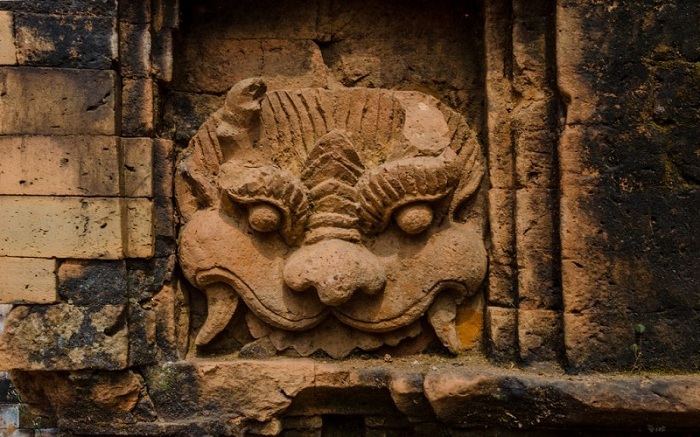
Based on other inscriptions, it is known that the first temple was made of wood in the 4th century. More than two centuries later, the temple was destroyed in a big fire. At the beginning of the 7th century, King Sambhuvarman (reigned from 577 to 629) used bricks to rebuild the temples that are still standing today (probably after moving the capital from Khu Lật to Tra Kiệu). The kings then continued to repair the old temples and build new temples to worship the Gods in Hiduism.

Brick is a good material to preserve the memory of a mysterious people; and the technique of building these towers of the Cham people so far is still a mystery. No proper answers have been found about bonding materials, brick firing methods and construction. Some theories of how to build these brick temples were tested by Vietnamese and International scientists, but still failure.
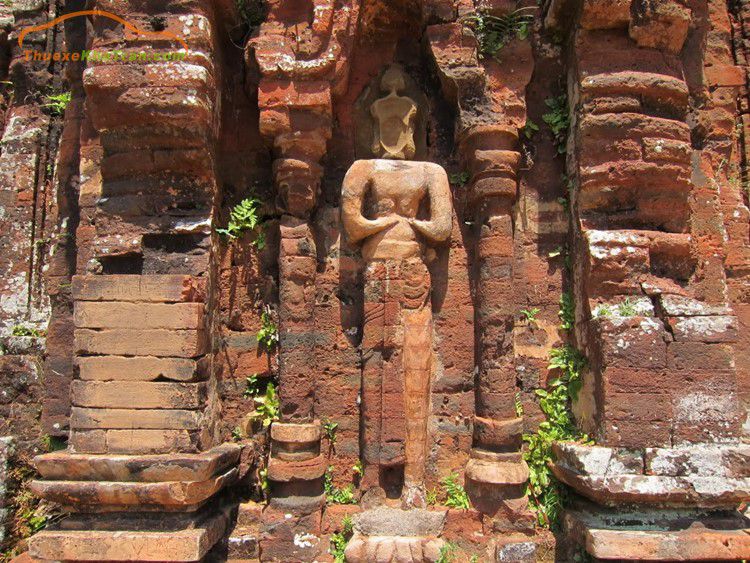
The stupas and tombs date from the 7th to the 14th centuries, but excavation results show that Cham kings have been buried here since the 4th century. My Son Sanctuary may be the religious and cultural center of the Champa state when the capital of this country is Tra Kieu or Dong Duong until 1471, when Vietnamese King Le Thanh Tong conquered the area. So Cham People moved futher South and area was abandoned until 1898 when a French Scientist (Mr Camille Paris) discovered these with about over 70 temples, still remained in very good condition, but most of them were destroyed by Bombs in 1969 during the Vietnam War.
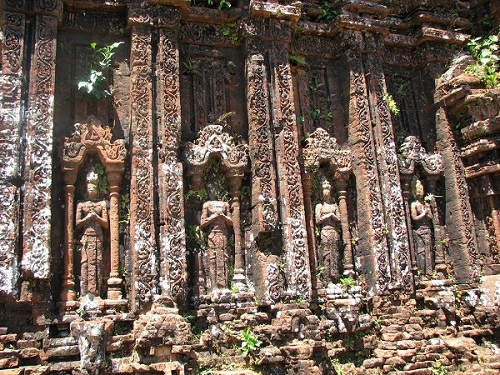
In 1980, in the cultural cooperation program between Vietnam and Poland, architect Kazimiers Kviatkowski (commonly known as Kazik: 1944-1997) was assigned to be in charge, arranged and reinforced the temples. Kazik had great merit in creating the face of the My Son relic left today from the ruins. Today, the My Son relic site has only 30 temples and towers left, but none of the works are still intact.
My Son relic can be compared with other famous monuments in Southeast Asia such as Angkor Wat (Cambodia), Pagan (Myanmar), Borobudur (Indonesia). On December 1, 1999, My Son relic site was officially recognized by UNESCO as a World Cultural Heritage with two creterias:
- Being an outstanding example of cultural exchange with the integration of foreign cultures into local cultures, especially Hindu architectural art.
- Reflecting vividly the historical development of Champa culture in the history of Southeast Asia.
Architecture of My Son Sanctuary:
Art and architecture through the layout of temples and towers has a great influence of Indian style. The Sanctuary consists of many groups of towers, the layout of each tower group has a main tower (Kalan) in the middle and many small sub-towers surrounding it. Kalan often worships Linga or the idol of Shiva. The front of each group of towers is a gate tower (Gopura), followed by the vestibule (Mandapa), the work item that functions as a place to arrange offerings and dance and sing rituals. Next to it is an architecture that always faces north (towards the god of fortune Kuvera), consisting of 1 or 2 rooms, called Kósa Grha, used to store fine sacrifices and food offerings to the Gods. Architecturally, the temples and tombs in My Son are the convergence of different designs:
- Ancient style or My Son E1 (8th century, My Son E1 and F1)
- Hoa Lai style (late VIII - early IX centuries, My Son A2, C7 and F3)
- Dong Duong style (late IX century - early 10th century, My Son A10, A11-13, B4, B12),
- My Son A1 style (X century, My Son B5, B6, B7, B9, C1, C2, C5, D1, D2, D4)
- Transitional style My Son A1-Binh Dinh (early 11th century - mid-12th century, My Son E4, F2, group K)
- Binh Dinh style (late 11th - early 14th century, My Son B1 and groups G, H).
The towers are all pyramidal, symbolizing the holy peak of Meru, the residence of the Hindu gods. The tower gate usually faces east to receive sunlight. Many towers have very beautiful architecture with images of gods decorated with various patterns. Most of these architectures are now in decline, but here and there, there are still remnants of sculptures bearing the golden imprint of the legendary Champa dynasties. The main temples in My Son worship a linga or an image of Shiva - the patron god of the Champa kings. Early worshipers used to go around the tower clockwise on a small path.
Tower Group A (Kalan My Son A1) worships a set of Linga, there are 6 small temples from A2-A7 symmetrically surrounding each other, worshiping the gods of the direction (except for 2 directions East and West):
- East-the thunder god Indra
- Southeast direction - fire god Agni
- South direction - King Yama
- West direction - sky god Varuna
- Southwest direction - god Nirrti
- Northwest direction - wind god Vayu
- North direction - god Kuvera
- Northeast direction - god total Isana ability.
Tower A1 has 2 main doors facing each other, facing East and West. Outside, further away from the main tower A1, are relatively large sub-towers, designated from A8-A12, distributed on a square plan.
Opposite tower Group A, is tower Group B (Kalan My Son B1) which is the central tower Group of My Son Sanctuary.
Although heavily influenced by Hinduism, the symbolism of Buddhism is also found in My Son, because Mahayana Buddhism became the main religion of the Cham people in the 10th century. Several temples the tower was built during this time.
How To Get To My Son Sanctuary from Danang, Hoi An and Hue?
Private Car with Driver is always the Best and Safest Option to choose. Distance to My Son is about 40km or an hour drive outside of the busy tourist city of Hoi An to My Son. Danang to My Son is about 45km and take 1 hour 10 minutes. Hue to My Son is about 130km and takes about 2 hours 45 minutes.
There are basically three more options of how to get to My Son Sanctuary from Hue, Hoi An and Da Nang depending on your budget and hobbies; either motorbike, taxi or on an organized Daily Private or Group Tours to this amazing temple if you love the history and culture.
What is the Best Time to Visit My Son Sanctuary Da Nang Vietnam?
Located in a valley and surrounded by Mountain and Jungle. So the temperatures in My Son Sanctuary can get quite hot and humid especially in Vietnam Summer Time. So it is not very good idea if you visit in the mid-day with hot and humid climate.
The best time of the day to explore the My Son Cham Ruined Tower Complex is certainly early morning for sunrise tour (around 4.30am) or late afternoon when the weather is cooler. This is also more quite as that will be full of tourist in other time of the day with Daily Big Group Tours from Hoi An and Danang.
See Also:

![]()
![]()
![]()
![]()
![]()
Best of Vietnam

Best Vietnamese Food You Have to Try in Vietnam
Best Food in Vietnam: Vietnamese Traditional Food is top World well known to be both healthy and...
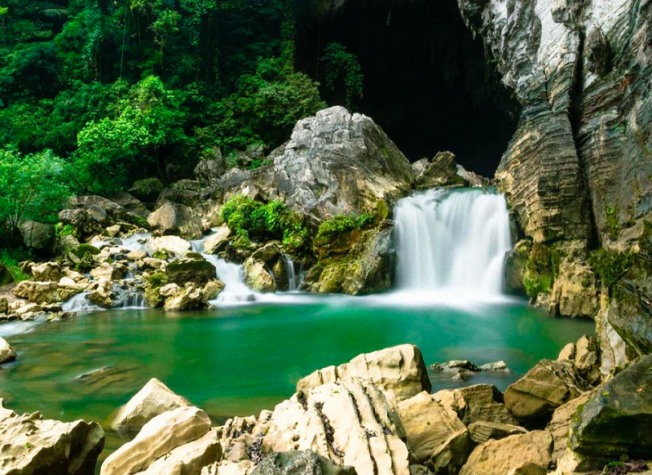
10 Best National Parks in Vietnam
Vietnam Travel Guide: If you look for the Best Wildlife Discovery Experience in Vietnam, here are...
Read More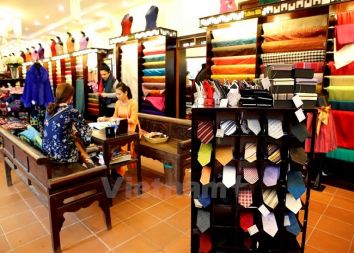
Best Souvenir to Buy in Vietnam
If you look for Best Things to Buy when traveling to Vietnam to bring home for your family & friends...
Read More
The 10 Best Places to Visit in Vietnam
Vietnam Travel Guide: Home to an extensive collection of historical and cultural attractions,...
Read More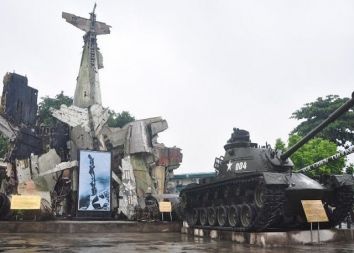
Top 10 Museums You Should Not Miss in Vietnam
Vietnam, 4.000 years old country has a unique and lengthy history, culture with 54 ethnic groups. It...
Read MoreFind your trip
Vietnam Best Tours
Vietnam Car Rental
Vietnam Travel Blog
- Vietnamese People: Origin, History, Culture and Traditions
- Vietnam Currency: Best ATM and Places to Exchange Money
- Vietnam Map: Regions, Cities & Provinces Map of Vietnam
- What is illegal Things in Vietnam: Rules & Laws for Tourists
- Best Time to Travel to Vietnam to Avoid the Bad Weather
- Vietnam News: Population & Religions of 54 Ethnic Groups









